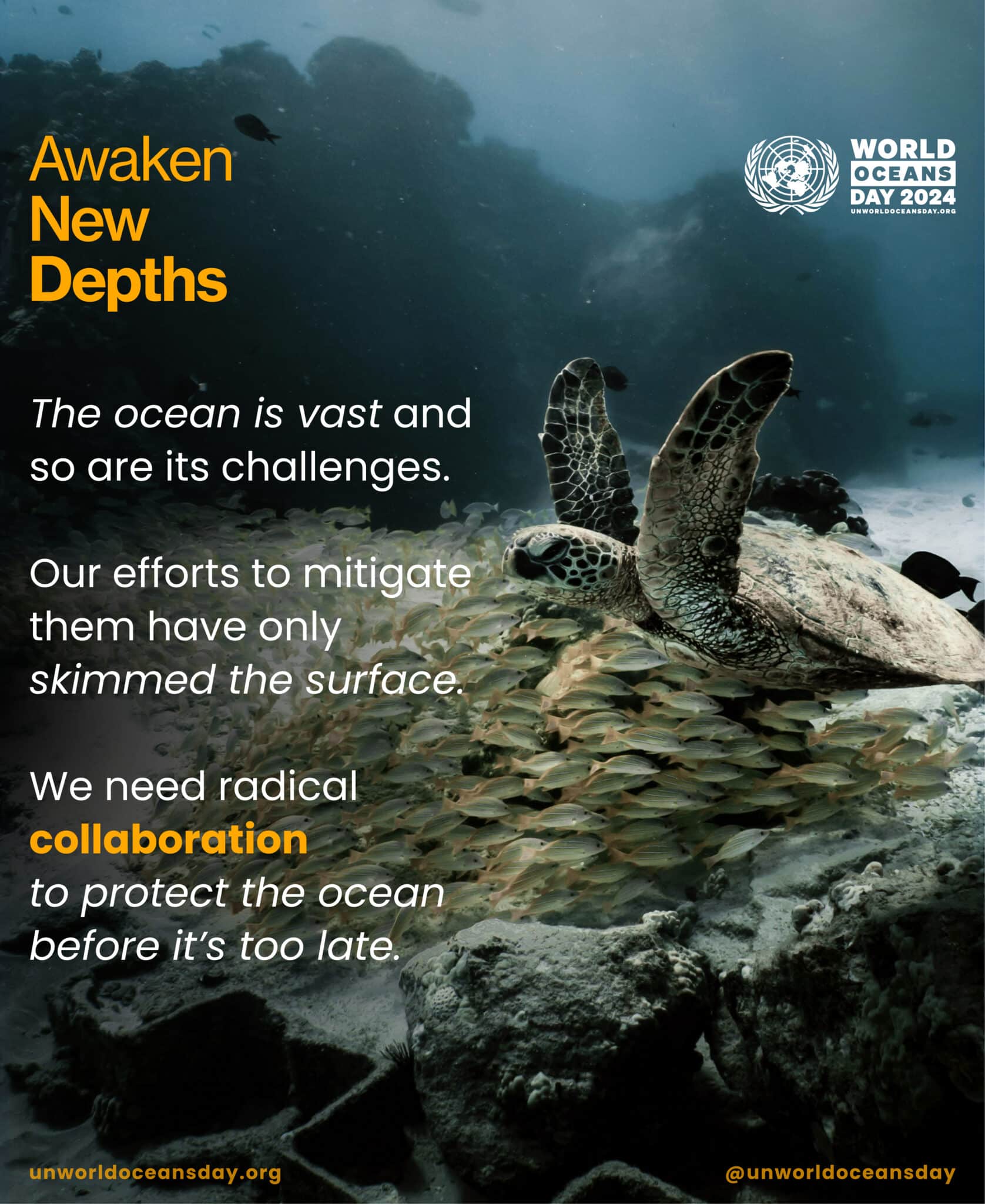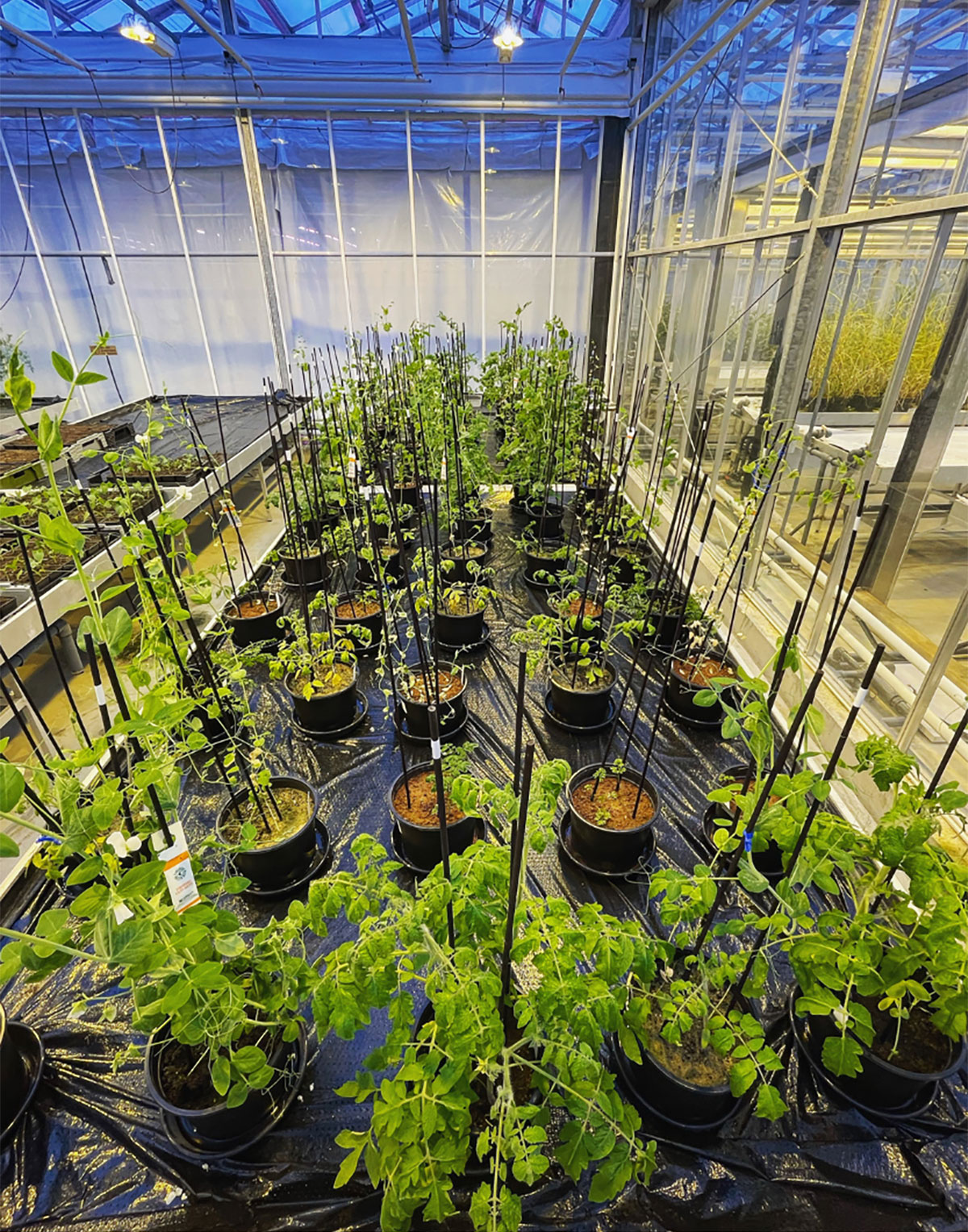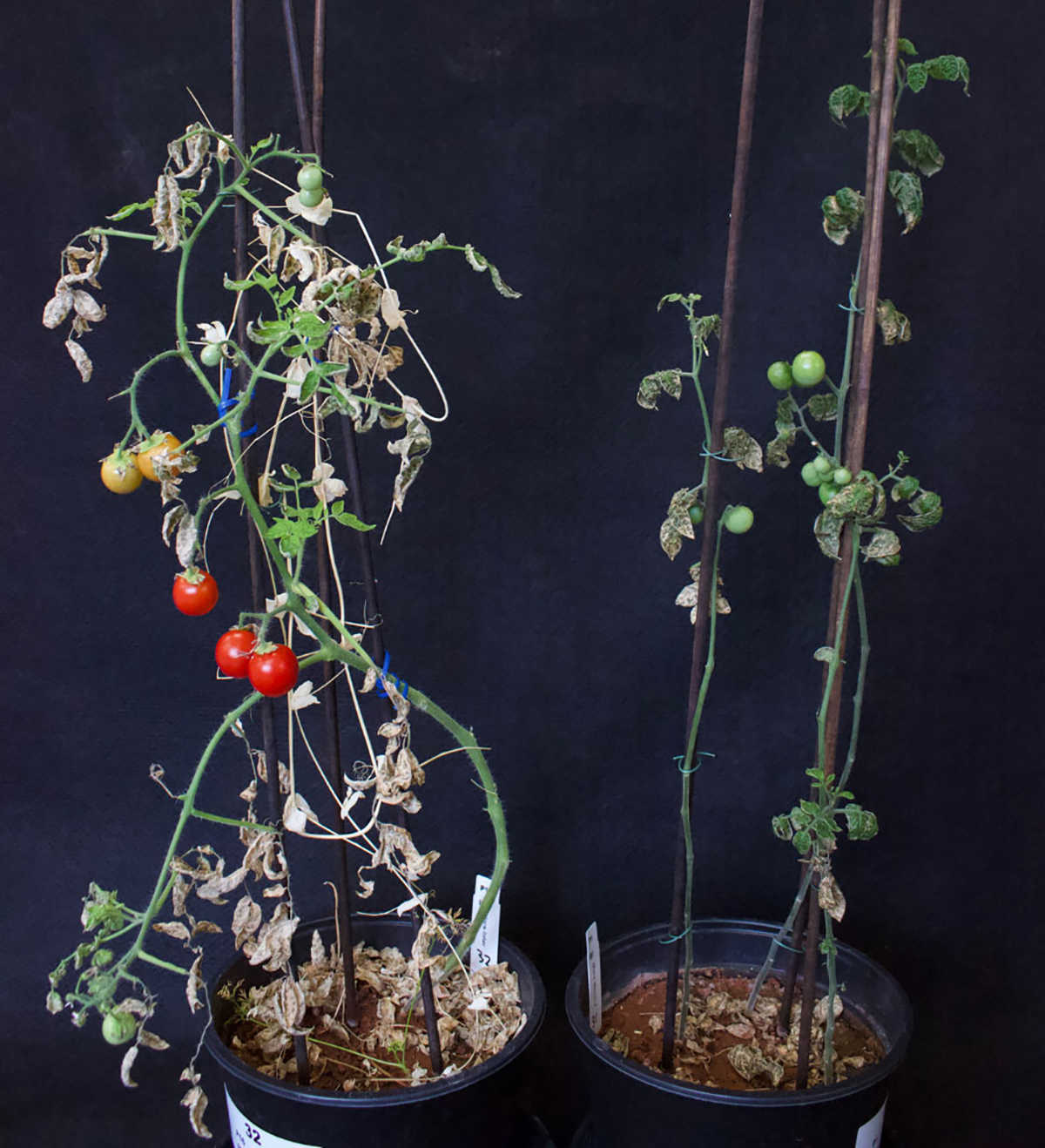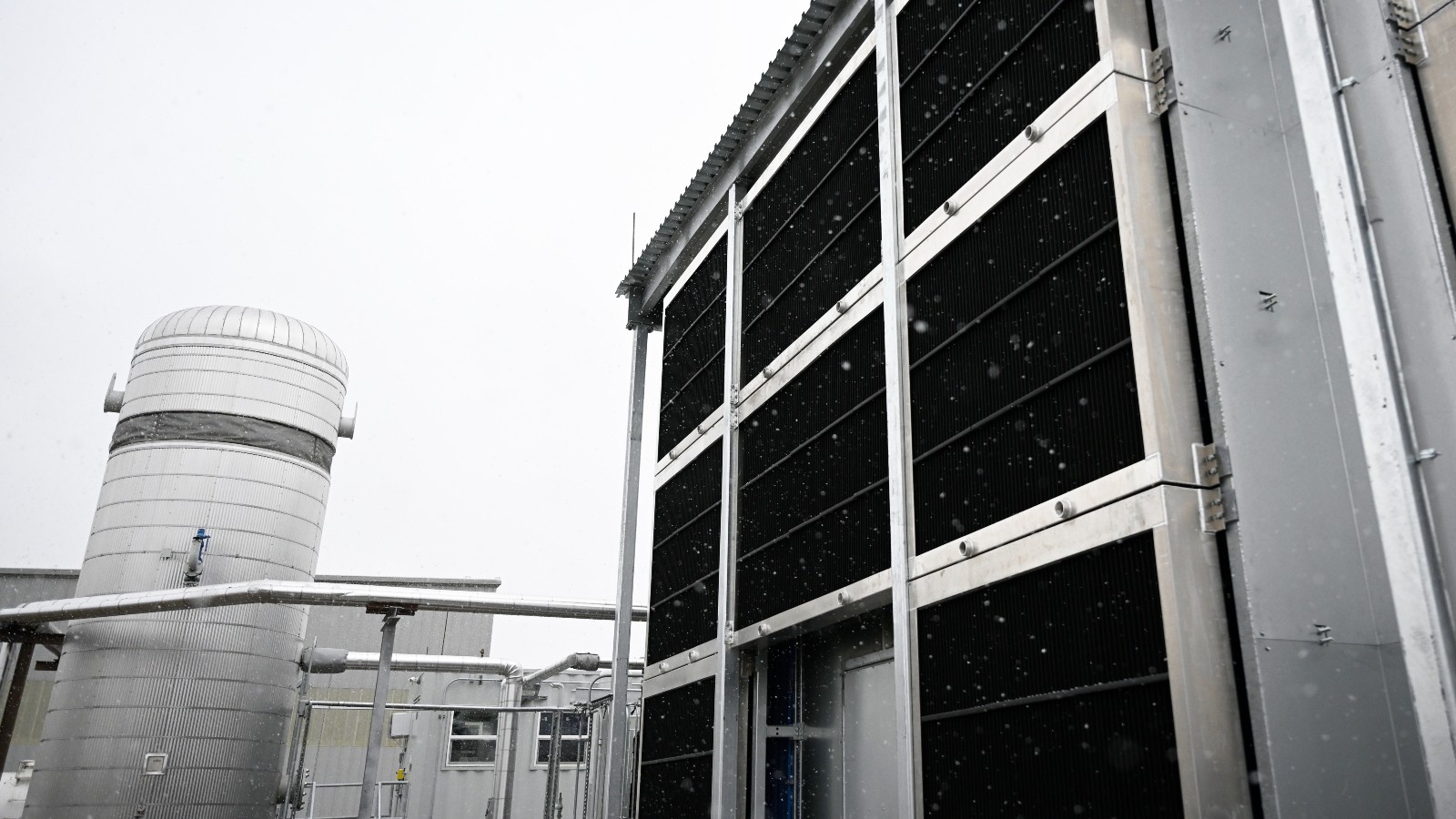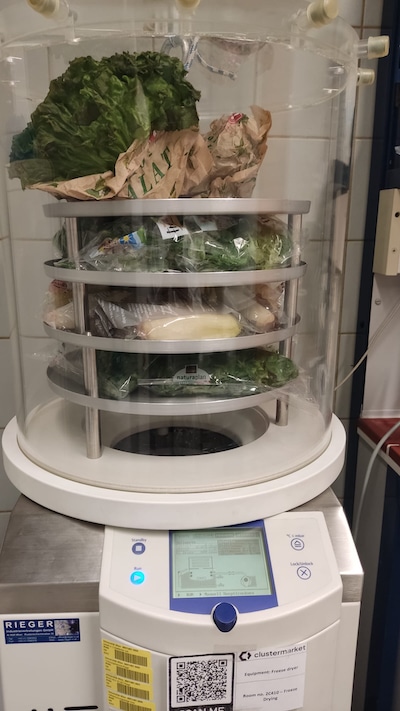For nearly a century, a substantial portion of America’s iconic yellow school buses have been manufactured at a factory in Fort Valley, a town of 9,000 people surrounded by peach and pecan orchards in central Georgia.
Carolyn Allen has worked at Blue Bird for 13 years, and she talks about this fact almost as though it’s a surprise to her. “I live about 15 miles away and I never thought I’d be here,” she told Grist. “I never wanted to work here, because people were always being laid off all the time.” But life’s contingencies brought her to the company anyway: “I got to where I was looking for a job, and this is the one that came open.”
Even though she stayed, Allen wasn’t happy working at Blue Bird. “There was so many things in here that was not right. There was unfairness, favoritism, workload,” she said. “Lord, we worked sometimes six and seven days a week, and people needed to go home and see their families sometimes. And unfair wages.”
So a few years ago, when she got a call inviting her to a union organizing meeting, Allen didn’t need much persuading to get involved. After a long organizing drive, the effort paid off in May 2023, when the factory’s 1,400 employees voted to affiliate with the United Steelworkers.
The new union made national headlines and was congratulated by President Biden, who later hosted one of the organizers at a White House event. The national attention was partly a reflection of the scale of the workers’ achievement: The Deep South is a notoriously difficult place to unionize an auto plant. But the other reason for the national spotlight was that the factory was set to receive up to $1 billion over five years from the federal government in contracts to build electric school buses for districts across the country.
After the vote, Allen put herself forward as a candidate to be elected to the union’s 10-member bargaining committee, and was elected to represent her fellow workers in the quality department. The contract negotiations lasted for a year — and during that period, Allen says she and her fellow workers did not immediately see the benefits of their historic union vote. In fact, she and others said conditions inside the plant initially changed for the worse. Management curtailed lunch breaks and cracked down on worker discipline.
But last month, the workers announced their efforts had paid off in the form of a first contract that guaranteed raises to every factory employee, new retirement benefits, and a profit-sharing agreement with the company.
Allen says she was “amazed at the things that we got.” With this contract, she says, she can finally see the bigger purpose of her taking the job she’d never really wanted. ”It took a long time, but I believe that’s why I am here now,” she said.
Blue Bird’s union contract sheds light on the bigger question of what the green manufacturing boom the Biden administration has sought to spark means for the nation’s resurgent labor movement. Soon after the passage of the Bipartisan Infrastructure Law and the Inflation Reduction Act, a tension between Biden’s climate and labor goals became apparent. The new green jobs in sectors like electric vehicle and battery manufacturing were overwhelmingly going to Republican states where unions have a small presence and so-called “right-to-work” laws hinder union organizing. Concerns that workers would be left behind in the EV transition led the United Auto Workers to briefly withhold its endorsement for Biden’s reelection. But unions have also seen the growth of green industry in the South as an opportunity for new organizing, not just a hurdle. The union vote at Blue Bird was one example; another was the UAW’s landslide victory in April at a Volkswagen plant in Chattanooga whose primary product is the ID.4, Volkswagen’s flagship electric car. This was part of an ongoing push by the UAW to organize nonunion auto and battery plants. In May, the union lost a vote at a Mercedes-Benz plant in Alabama, but has petitioned the National Labor Relations Board for a new election, alleging illegal union-busting tactics by management.
Blue Bird’s union vote and its new contract, which is in place for three years, might seem to demonstrate that Biden’s strategic vision of economic renewal designed to counteract what the administration views as a host of overlapping problems — in particular, global warming, Chinese global power, and the blighted wake of deindustrialization — can also create favorable conditions for organized labor. As a political matter, this narrative is favorable to a president who has frequently boasted of his aspiration to be the most pro-union president in history. But practically speaking, it’s difficult for the federal government to directly intervene in support of unions, even at factories it subsidizes. “What the Biden administration has used is the tools they have at their disposal, to attach labor standards to federal loan and grant programs,” Jason Walsh, executive director of the Bluegreen Alliance, a coalition of labor unions and environmental organizations, told Grist. For example, he said, some of the federal grant programs include a requirement “that applicants should be submitting community benefit plans as part of their applications that include language like, for example, a clear demonstration that you’re going to respect the bargaining rights and the rights of workers at this facility to organize into unions. Those are powerful hooks but it’s not the same as pegging federal funding to unionization. We don’t have that statutory authority.”
At the Tennessee facility, the union vote was arguably assisted by a different Biden policy: the recently finalized tailpipe emissions standards, which encourage electric vehicle production. In light of this policy, Volkswagen could not credibly threaten closure of its sole American EV plant in the event of unionization (a standard union-busting tactic).
In the case of Blue Bird, the grants to build electric school buses — disbursed through the EPA’s Clean School Bus Program, funded by the Bipartisan Infrastructure Law — included a “union neutrality” provision prohibiting grant recipients from using the funding to sway workers against joining a union. But the provision is hard to enforce — and at Blue Bird, according to many workers, it was at times openly flouted: The union accused management of retaliatory firings during the union drive (although they later withdrew their NLRB complaints, so the matter was never officially adjudicated, and the fired workers were later reinstated).
The contract negotiations certainly could have gone worse. In right-to-work states where unions can’t force workers to pay dues, companies often drag out negotiations. “What is quite common is for workers to successfully unionize and then a company draws out bargaining of the first contract as long as possible, trying to frustrate workers and frankly disillusion them, and then try to get them to decertify,” said Walsh. “That is a very common union-busting tactic. It’s notable that that did not happen with Blue Bird.”
Alex Perkins, a longtime Steelworkers staffer who played a leading role in organizing workers at the plant, said the contract that Blue Bird workers won was among the strongest he has negotiated. Every worker will receive at least a 12 percent raise, and the lowest paid workers will see a raise of 40 percent. Perhaps more remarkable is the profit-sharing agreement. The contract includes a trigger in which net company profits of over $30 million entitle workers to a 4 percent share of those profits. Perkins said he represents workers at 20 companies across Georgia and Alabama, none of whom have such an agreement.
Perkins said the profit-sharing proposal was suggested by members of the bargaining committee, not Steelworkers staff, and reflected workers’ awareness of the government funding for electric buses. “The employees felt that with them making record profits, they should have a share in that,” said Perkins.
More broadly, he thinks government subsidies for EV production helped them achieve a strong contract simply because the extra cash gave extra space for the company to be generous with workers. “Quite honestly, if you look back four years ago, Blue Bird was really struggling, so they have rebounded really well since they started producing EV buses,” Perkins said. “Had it not been for the EV buses I don’t think they would have financially been in a position to give the employees the contract.”
Workers and union organizers said the national spotlight may also have compelled the company to bargain in good faith. “The company was a little slow with us,” Allen said, “and I think that once they found out that they were part of things I think they changed their minds.”
That spotlight was awkwardly apparent in January, when, with contract negotiations still ongoing, Michael Regan, the head of the EPA, visited Georgia to announce a new round of $1 billion in electric school bus grants to be awarded across the country. (Another tranche of $900 million was issued last week.) The press conference took place in a school gym in the Atlanta suburbs, and speakers included Georgia Democratic congressmen Hank Johnson and Raphael Warnock, as well as Blue Bird’s CEO, Phil Horlock, and a member of the bargaining committee, Craig Corbin.
The event was held at Stone Mountain Middle School, which was set to receive some of the new buses, and featured marching bands and cheer squads from around the school district. Scattered among the students in the bleachers were a few factory workers and union representatives. After the conference, the politicians piled into a Blue Bird electric bus for a short ride and an explanation of its benefits from a company engineer. (“All right, y’all, we’re headed to homeroom,” Warnock said.)
The pageantry demonstrated that this wasn’t ordinary bureaucratic grantmaking but retail politicking in a swing state. Large banners reading “President Joe Biden: Investing in America” adorned the gym and the school bus. While the school bus grants are just a small portion of the administration’s suite of climate investments, their political importance stems from their visibility in communities. Unlike the tax credits for planned factories or subsidies for clean energy, their impact is already being felt by families (and voters) nationwide. In addition to reducing fossil fuel consumption, electric school buses have strong health benefits for children when compared with traditional diesel buses, whose harmful exhaust is linked to higher asthma rates. Some studies show upgrading to cleaner buses even increases school attendance.
Later that day, Regan drove to Fort Valley to tour the Blue Bird factory itself and address the workers. There, asked by a reporter to comment on speculation that the labor protections in the EPA grants had helped the workers unionize, he said, “Those labor protections were built in for a reason, and as far as we can tell, those labor protections have been respected for all of those who are applying for these grants, so we’re excited about moving forward.”
Four months later, contract negotiations concluded — and set an example for workers elsewhere. “The Blue Bird contract, like the contracts won by UAW members with the Big Three, should send a signal in flashing red lights to every non-union worker at vehicle manufacturing plants across the country, but particularly in the South, that the pathway to better wages and benefits on the job runs through a yes vote for unionization,” said Walsh.
Carolyn Allen, who had never been in a union before Blue Bird, is closely watching union drives at other auto plants. “We was excited for the ones that made it, disappointed at the ones that didn’t come through,” she said. “I was happy that at least they were trying to get through, because everyone needs a union.”
Whether organized labor can use the energy transition to make inroads remains an open question — but the contract in Fort Valley suggests that the urgent demands of decarbonizing America’s economy can be accomplished by a revival, not a weakening, of worker power.
This story was originally published by Grist with the headline A labor win at Georgia school bus factory shows a worker-led EV transition is possible on Jun 7, 2024.
